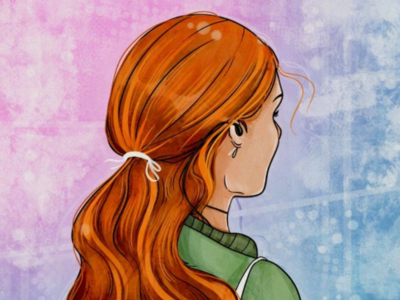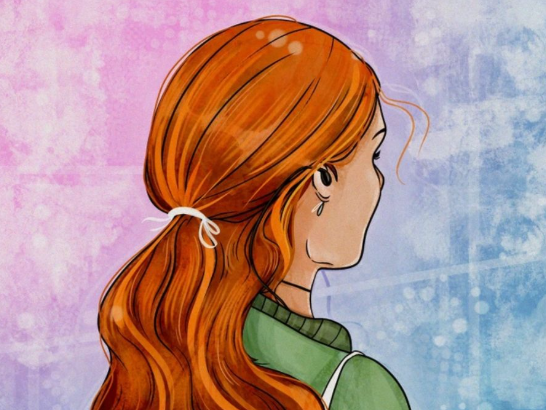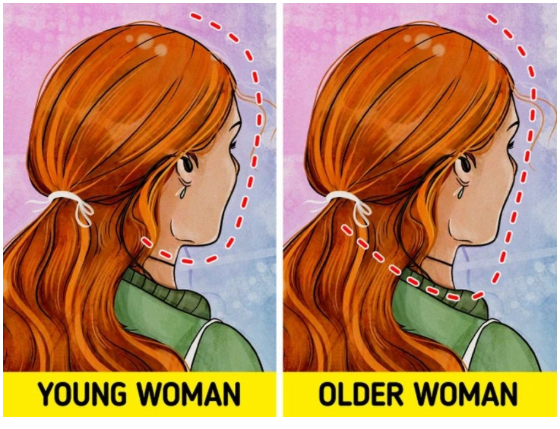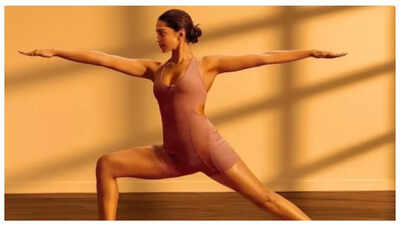Optical illusion: Only 1 in 3 people spot all the faces in this viral optical illusion: What do you see first? |

Optical illusions like this one are built to trick the brain. At first it looks like a single young woman. Look again and an older woman appears. That switch happens because the image hides more than one face in the same lines and shapes. These types of pictures are called ambiguous illusions. They invite more than one valid interpretation.Ready for the challenge? You have ten seconds to find every face in the picture. Don’t rush. Take a breath and steady your gaze. Then scan the whole image slowly. Move your eyes from the center to the edges. Sometimes a tiny shift in focus reveals a new face.

Image credit: BrightSide
Start by focusing on the young woman’s profile. Trace her chin, nose and forehead. Now step back and look for different outlines. The older woman shares some of the same lines, but her face sits slightly shifted in the same drawing. Where the young woman’s jaw is, the older woman’s mouth may appear. The young woman’s hairline can become the older woman’s hat or hair. Those overlapping details are the trick.Try viewing the image from different angles. Tilt your head if it helps. Squint once or blur your vision a little. That softens the smaller details and lets the larger shapes pop out. Many people spot the young woman first. Others catch the older woman sooner. Spotting both takes practice. That’s why only about one in three people find every hidden face right away.What does your result say about how you see the world? Don’t over-interpret a single test, but it’s fun to think about. People who switch between both faces quickly may be better at flexible thinking. Those who see only one face at first might focus more on detail. Neither is better. They are just different ways the brain sorts visual information.This illusion also shows how expectation shapes vision. If someone tells you to look for an older woman, you’ll probably find her faster. Our minds use hints and past experience to fill in missing information. That helps in daily life, but it also makes us vulnerable to visual tricks.If you missed a face, try again. Give your eyes a short break, then look fresh. Ask a friend to time you or swap hints. Turn the image upside down and scan it. Each technique nudges your brain to see alternate patterns.

Image credit: BrightSide
Optical illusions like this one are not just party puzzles. Scientists use them to study attention, perception and the choices the brain makes when it has limited data. For most readers, though, the fun is simple: challenge your focus, enjoy the surprise, and share the picture to see who else spots every face.






